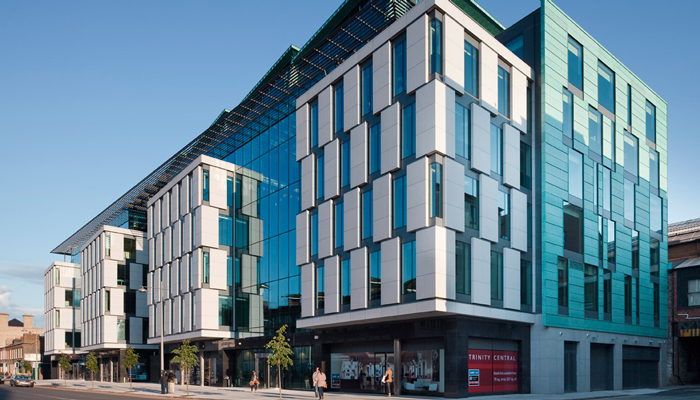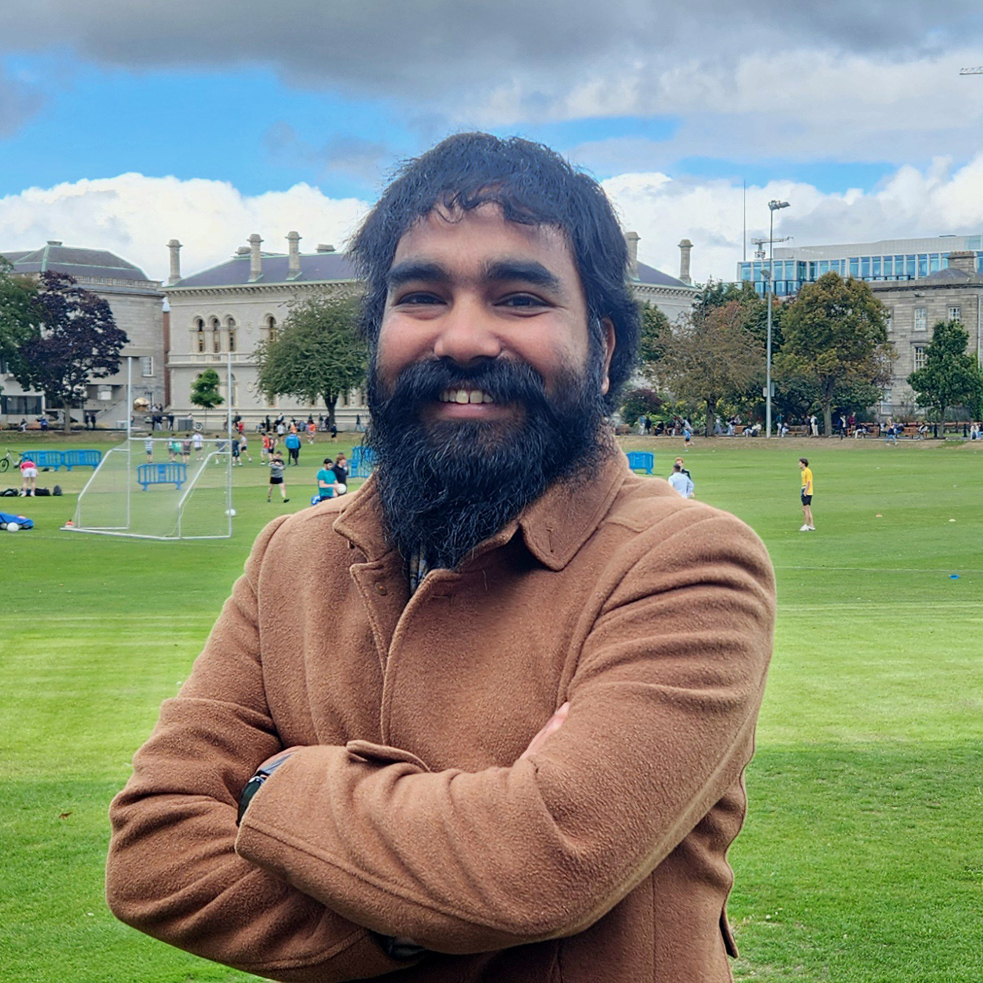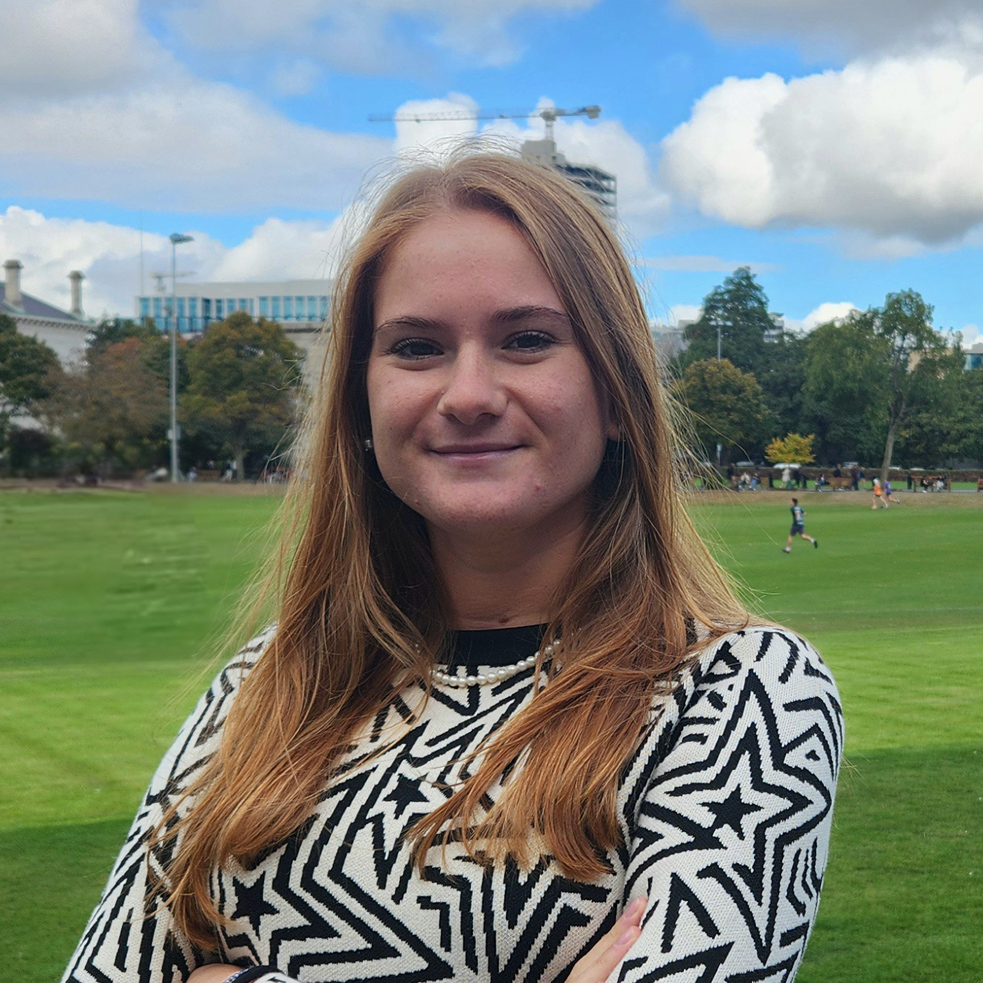What We Do
We analyse electrophysiological signals from the brain and muscle, using this information to gain a window into the function of the nervous system. We are particularly interested in how we can use these recordings to gain new insights into neurodegenerative conditions like Amyotrophic Lateral Sclerosis.
High density EMG
We use high density EMG to directly examine the electrical activity of motor units within the muscle. This is extremely useful for understanding motor function and neurodegenerative diseases, as motor neurons are the final pathway through which activation signals from the brainstem/spinal cord are transmitted to muscle.
Corticomuscular Connectivity
By simultaneously recording high density EMG and EEG signals, we can examine the functional connectivity between brain and muscle in health and how it is altered in neurodegenerative diseases.
New methodologies
Our lab works on developing new algorithms to extract information from high density EMG and EEG signals. Two areas of particular interest are algorithms for motor unit tracking and identifying more accurate methods of quantifying oscillatory motor unit firing.

About the Academic Unit of Neurology
The McManus Lab is part of the Academic Unit of Neurology (AUoN), led by Prof. Orla Hardiman. AUoN is a multidisciplinary research group consisting of experts in clinical management, cognition, advanced neuroimaging, epidemiology, and genetics of ALS. In Ireland, there are currently 420 people living with ALS, with 150 new diagnoses every year. ALS is a neurodegenerative condition characterised by loss of motor function, coupled with cognitive and behavioural changes. We now know that this loss of function is associated with changes in activation of specific brain networks, and as the disease progresses, with degeneration of these networks.
One of the major challenges in identifying and testing new therapeutics for ALS is the absence of any quantitative measures to detect these changes in the motor network. The McManus Lab, aims to harness electrophysiology and neural signal analysis to develop quantitative tools to assess changes in brain-muscle function in ALS, in close collaboration with the NeuroMotor Group and the McMackin Lab.
Location:
Academic Unit of Neurology,
School of Medicine,
Trinity College Dublin, The University of Dublin
Trinity Biomedical Sciences Institute,
152-160 Pearse Street,
Dublin D02 R590, Ireland.







